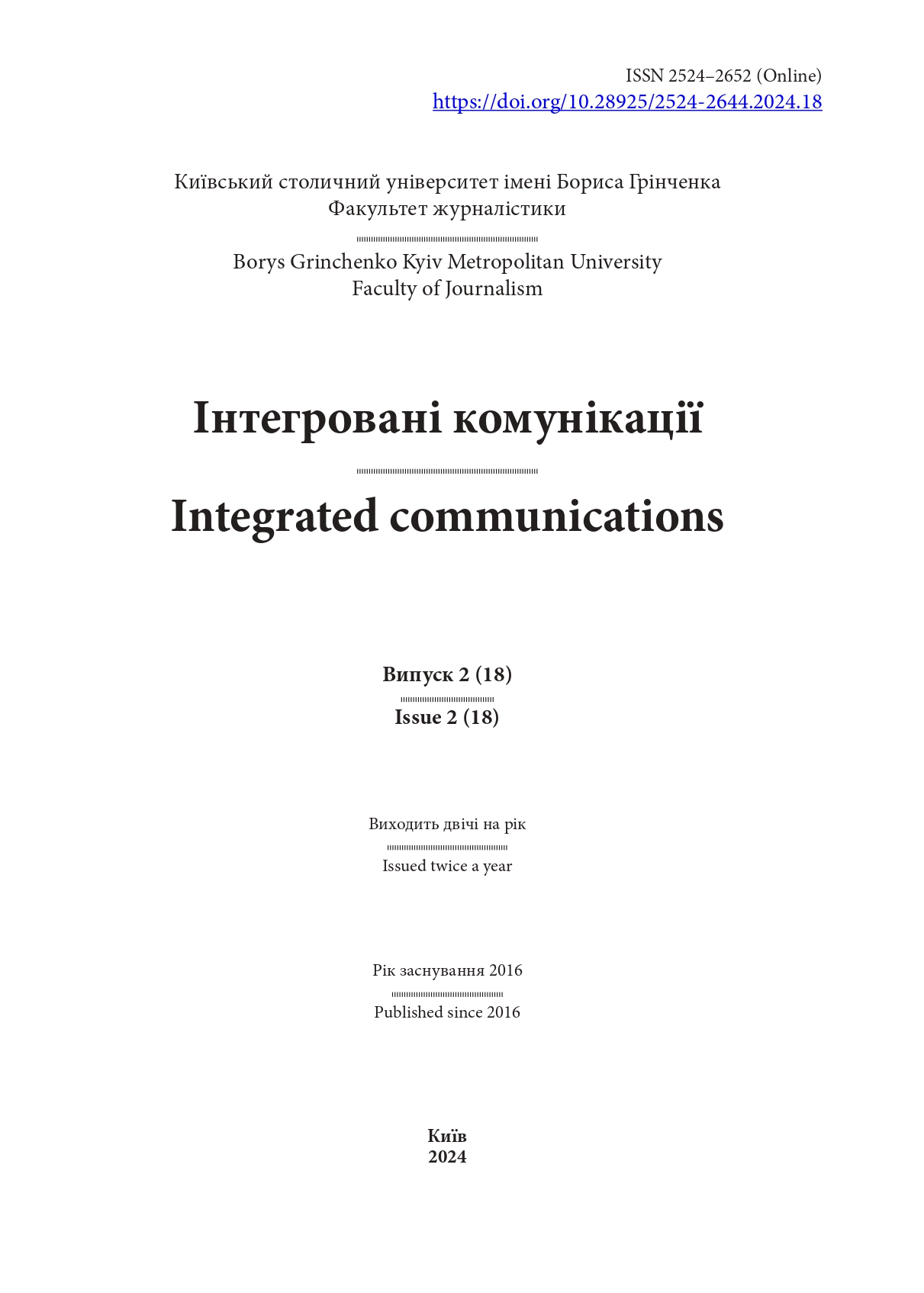SOCIOPROFESSIONAL HUMOR AT THE ENGLISH LANGUAGE LESSONS
Abstract
This article answers the question about the appropriateness of including humorous materials in the English-language disciplines of the educational programs of students specializing in journalism and editorial work. A stylistic, cognitive, and pragmatic analysis of a sample of English-language jokes about journalists and editors is offered. Analysis of the forms of 281 jokes taken from four English-language websites shows that the most frequent forms of jokes about representatives of these professions are question/answer (88,1%), one-liner jokes (7,1%), dialogues (3.6%) and short stories (1%). A review of 18 jokes about journalists and editors considered in this article revealed that, stylistically, the jokes most often used puns, fake enthusiasm, and self-irony. In addition, double entendre, metaphors, paraprosdokian, false argumentation (enthymeme), baphos, rhetorical questions, irony, and comic manipulation are involved. Cognitively, mechanisms of cognitive patterns of extraordinary, easel, distinct contrast, and negative thinking are actively used. From a pragmatic point of view, jokes fulfill the functions of critical thinking, entertainment, acquaintance with the peculiarities of professions, professional and informal vocabulary, detection of humor and irony, relief of psychological stress, motivation for success, creativity, professional confidence, creation of stereotypical images of English-speaking journalists and editors. The inclusion of English-language humorous texts in English-language learning programs seems appropriate because such material expands students' lexicon of professional vocabulary in English, teaches them to actively use several stylistic and literary techniques when creating their English-language content, allows them to quickly recognize the use of humor and irony in English-language texts, improves humorous, intercultural and cultural competence of student journalists and editors.
Downloads
References
Andrushchenko, V. P. (2004). Modernization of pedagogical education of Ukraine in the context of the Bologna process. Higher education of Ukraine, 1, 5–9.
Zdorovega, V. Y. (2004). About journalism and journalists: Articles, essays, speeches, dialogues. Lviv: Ivan Franko LNU Publishing Center, 90–99.
Cheremys, I. M. (2008). Formation of professional competence of future journalists by means of foreign-language professional publications. Abstract of the dissertation for obtaining the scientific degree of pedagogic sciences. Kyiv: Institute of Higher Education of APN.
Admin, A. (2024, October 10). 100+ journalist puns, jokes, and one-liners. Punsgalaxy. https://punsgalaxy.com/journalist-puns-jokes-and-one-liners
Carol, C. (2024, October 9). 30 hilarious journalist jokes that will have you ROFL! Presspitch. https://presspitch.io/journalist-jokes/
Casabianca, S. S., & Gepp, K. (2022, January 11). 15 cognitive distortions to blame for negative thinking. Psych Central. https://psychcentral.com/lib/cognitive-distortions-negative-thinking
Davies, C. E. (2003). How English-learners joke with native speakers: An international sociolinguistic perspective on humor as collaborative discourse across cultures. Journal of Pragmatics, 35(9), 1361–1385. https://doi.org/10.1016/S0378-2166(02)00181-9
Frothingham, S., & Legg, T. J. (2019, December 16). What is negativity bias, and how does it affect you? Healthline. https://www.healthline.com/health/negativity-bias
Hann, D. (2020). Humorous play and its implications for classroom practice. In Spontaneous play in the language classroom: Creating a community (pp. 191–218). Palgrave Macmillan. https://doi.org/10.1007/978-3-030-26304-1_8
Heidari-Shahreza, M. A. (2020). Humor-integrated language learning (HILL): Teaching with and about humor. In J. Rucynski Jr. & C. Prichard (Eds.), Bridging the humor barrier: Humor competency training in English language teaching (pp. 79–106). Lexington Books.
Indianapress. (2017). 20 hilarious ‘newsroom jokes’ every journalist would relate to. Indian Express. https://indianexpress.com/photos/trending-gallery/hilarious-jokes-that-every-journalist-will-relate-to/
Nichols, S. (n.d.). Our 100 lists of 100: Corny journalism jokes. JEA. https://100.jea.org/2058/100-of-100/our-100-lists-of-100-corny-journalism-jokes/
Paivio, A. (1971). Imagery and verbal processes. Holt, Rinehart & Winston.
Reddington, E., & Waring, H. Z. (2015). Understanding the sequential resources for doing humor in the language classroom. Humor, 28(1), 1–23. https://doi.org/10.1515/humor-2014-0144
Rucynski, J., & Prichard, C. (2024). The role of humor competency training in English language teaching. In E. Vanderheiden & C.-H. Mayer (Eds.), The Palgrave handbook of humor research (pp. 497–520). https://doi.org/10.1007/978-3-031-52288-8_24
Wulf, D. (2010). A humor competence curriculum. TESOL Quarterly, 44(1), 155–169. https://doi.org/10.5054/tq.2010.215250
Tversky, A., & Kahneman, D. (1992). Advances in prospect theory: Cumulative representation of uncertainty. Journal of Risk and Uncertainty, 5, 297–332.
Humor Barrier: Humor Competency Training in English Language Teaching (pp.79-106). Lexington Books.




